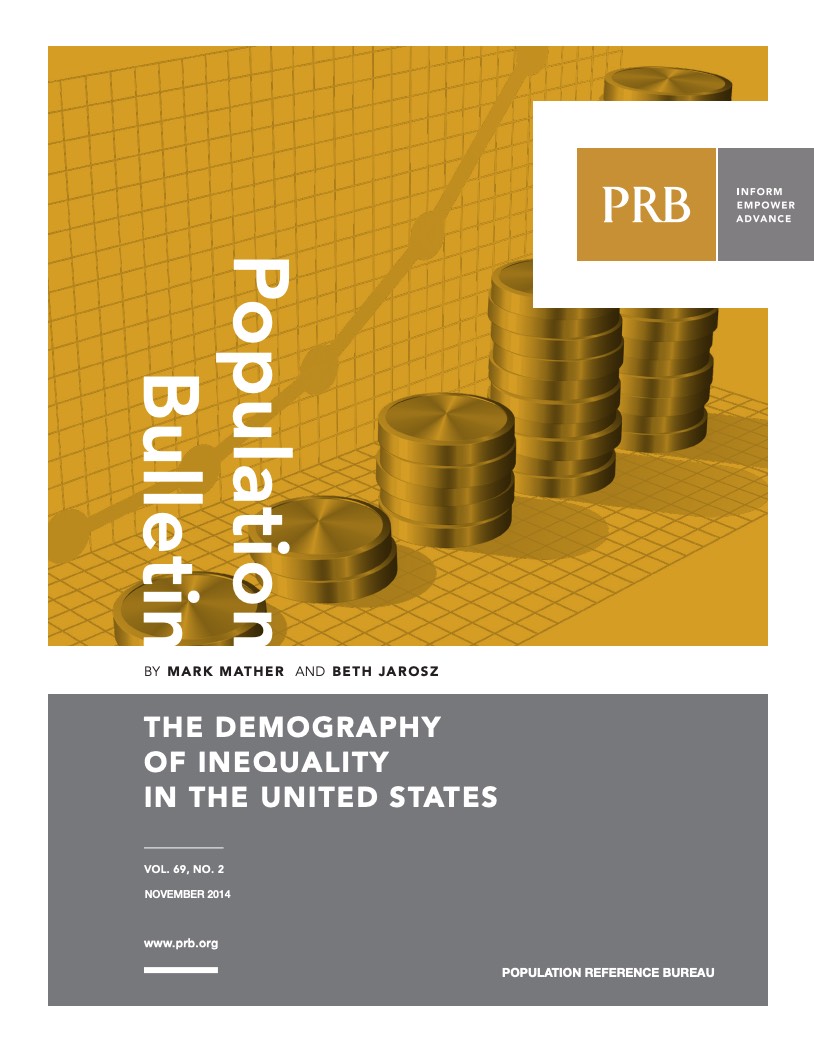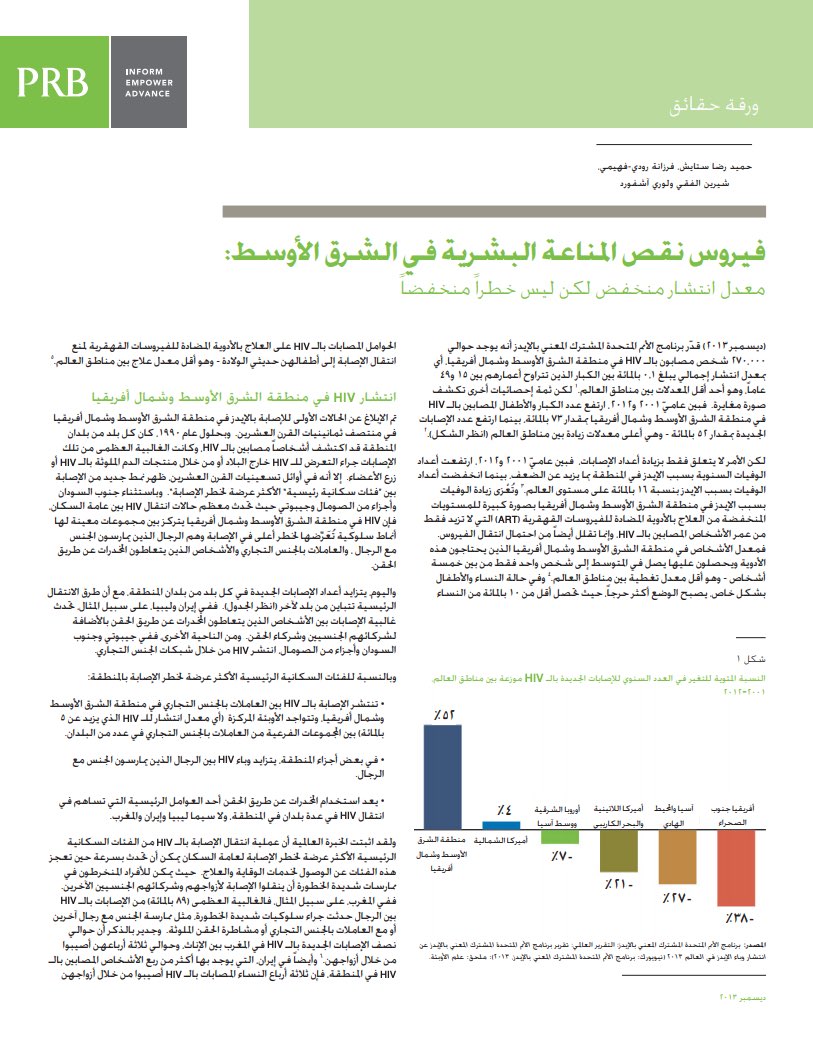More Caregivers Needed Worldwide for the ‘Oldest Old’
The Population Reference Bureau's 2010 World Population Data Sheet focuses on a rapidly aging world, highlighting many countries' pressures to care for their elderly citizens.
The Population Reference Bureau's 2010 World Population Data Sheet focuses on a rapidly aging world, highlighting many countries' pressures to care for their elderly citizens.
(2011) Près de 68 pour cent des personnes infectées par le VIH dans le monde vivent en Afrique subsaharienne, où le virus touche les femmes de manière disproportionnée.

The Census counts every person who usually lives in the United States. They don’t have to be a U.S. citizen, but they do have to call this country their primary home.
(2010) In many countries, the elderly now make up an unprecedented share of the population. This increase in the number of older people has implications for national budgets, labor force growth, and family support systems.
(2014) Myanmar (known as Burma until May 1989) is back in the news, especially as it has recently made great strides toward a more democratic regime. The country is expanding its outreach to the international community and seeking more global economic connections.

(2014) A convergence of demographic trends and disparities is contributing to a new economic reality for the U.S. population, characterized by higher levels of poverty and inequality.
(2008) Chronic malnutrition has been a persistent problem for young children in sub-Saharan Africa. A high percentage of these children fail to reach the normal international standard height for their age; that is, they are "stunted."

(2013) UNAIDS has estimated that around 270,000 people are living with HIV in the Middle East and North Africa (MENA) region, an overall HIV prevalence of 0.1 percent among adults ages 15 to 49, and one of the lowest rates among world regions.

(2014) Countries around the world are paying more attention to inequality as an indicator of social and economic well-being.
(2011) Many studies have recommended integrating reproductive health and HIV services because sexually active individuals have overlapping needs: They are at risk of both unintended pregnancies and HIV infection. A 2009 World Health Organization review of the studies on this issue found that integrating family planning and HIV services leads to higher-quality and better-used services and is cost-effective.